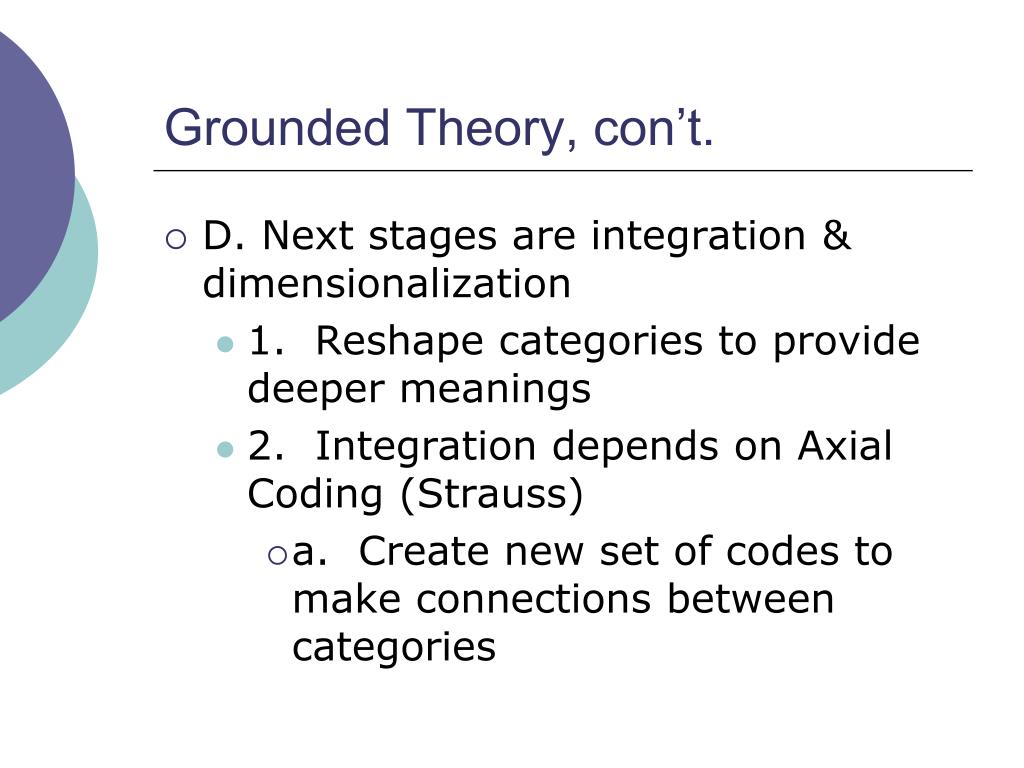

I stumbled across GT nearly four years ago when I was running a research discovery effort for a large fortune 100 client that needed to “start over.” Their previous research had gone stale and they were losing touch with their users and what problems to solve. With UX, there are dozens of research methods for discovery, testing, and validation-but what’s the right methodology (i.e., evaluative, generative, explorative, quantitative, qualitative, etc.) to drive our research method selection? In our case, when you’re in a new domain building out foundational research or looking to gather large amounts of raw data from several data sources, one methodology always sticks out -Grounded Theory. With this, every great product starts with excellent research. In this case, UX Research is our axe and the tree is our user experience-the better we understand our users and their problems, the easier it will be to address and anticipate their needs. If I only had an hour to chop down a tree, I would spend the first 45 minutes sharpening my axe. But how do we do that when we’re starting from scratch and know very little about the domain we’re entering? Who are our users? What are their problems? What are their goals? As UX designers, our job is to bridge the needs of our users and the business to create the best experience for both. Oh, and by the way, we have more than 20 engineers waiting for your designs for this upcoming sprint, but no rush."Ĭhances are if you’re reading this you’ve experienced a similar situation before. Let me know if you have any questions before we get started.

"Welcome aboard," says the friendly product manager, "Hope you’re ready to roll up your sleeves and disrupt the industry. You have your shiny new computer, your LinkedIn is updated, and you’re ready to shake things up. 39.Imagine with me-it’s your first day on the job as a UX designer in a completely new industry. Understanding Grounded Theory, Nursing standard, 28, 7, p.

Regarded as a form of qualitative data analysis rather than grounded theory Uses three types of coding: open (identifying, naming, categorising, describing phenomena), axial (the process of relating codes to each other) and selective (choosing a core category and relating other categories to it) Uses two coding phases to develop concepts that expain the phenomena: simple (breaking data down into small segments and group into similarities that begin to describe patterns in the data) and substantive (open or selective choosing of a core category and relating other categories to it to expore emergent patterns) The researcher is passive, exhibiting disciplinary restraintĬoding and continuous comparison of data enable patterns to emergeĬoding is defined by technique, leading to micro-analysis of data word by word Starts with a general idea of where to beginĬonceptual description (description of situations)ĭevelopment of theoretical sensitivity (the ability to perceive variables and relationships) from immersion in dataĭevelopment of theoretical sensitivity from methods and toolsĪ basic social process should be identifiedīasic social processes need not be identified


 0 kommentar(er)
0 kommentar(er)
